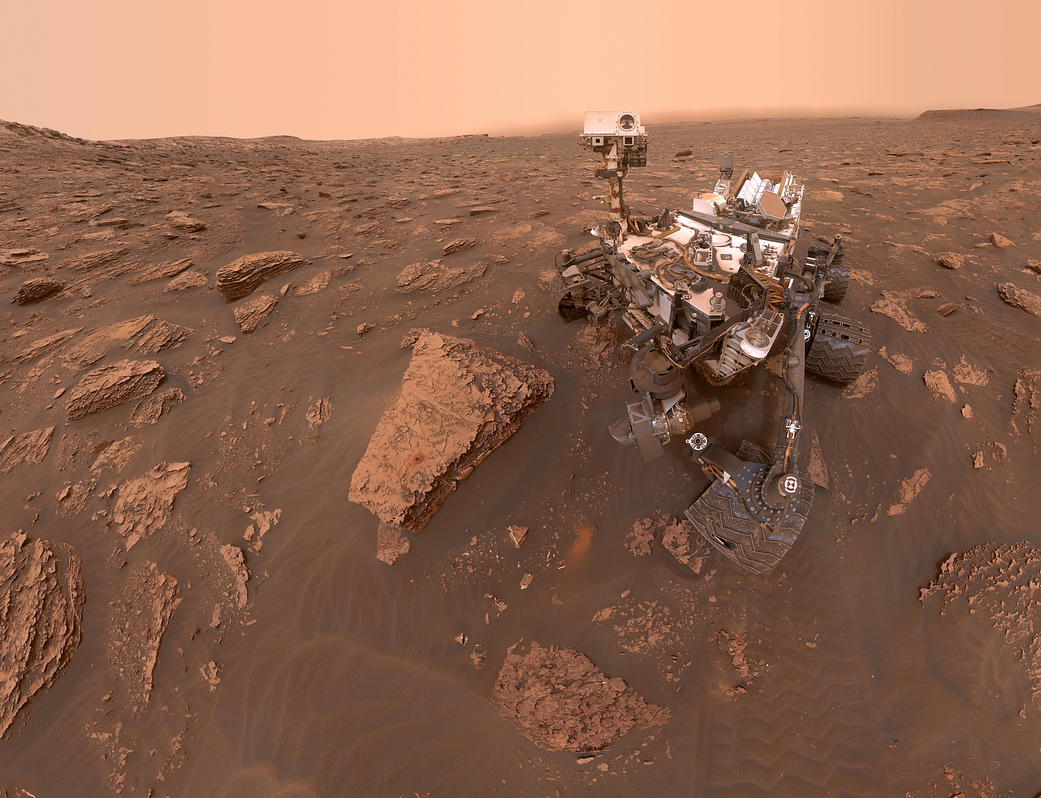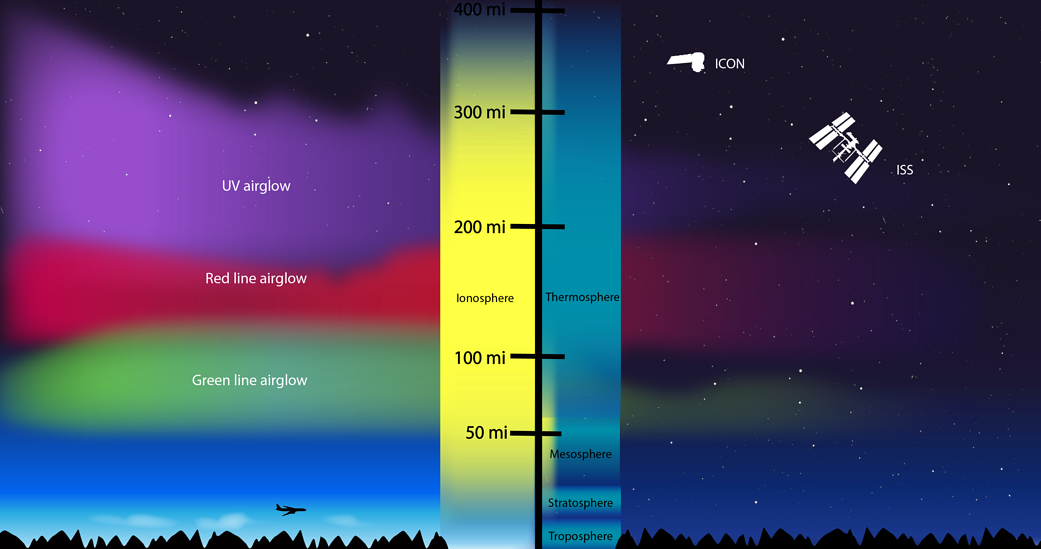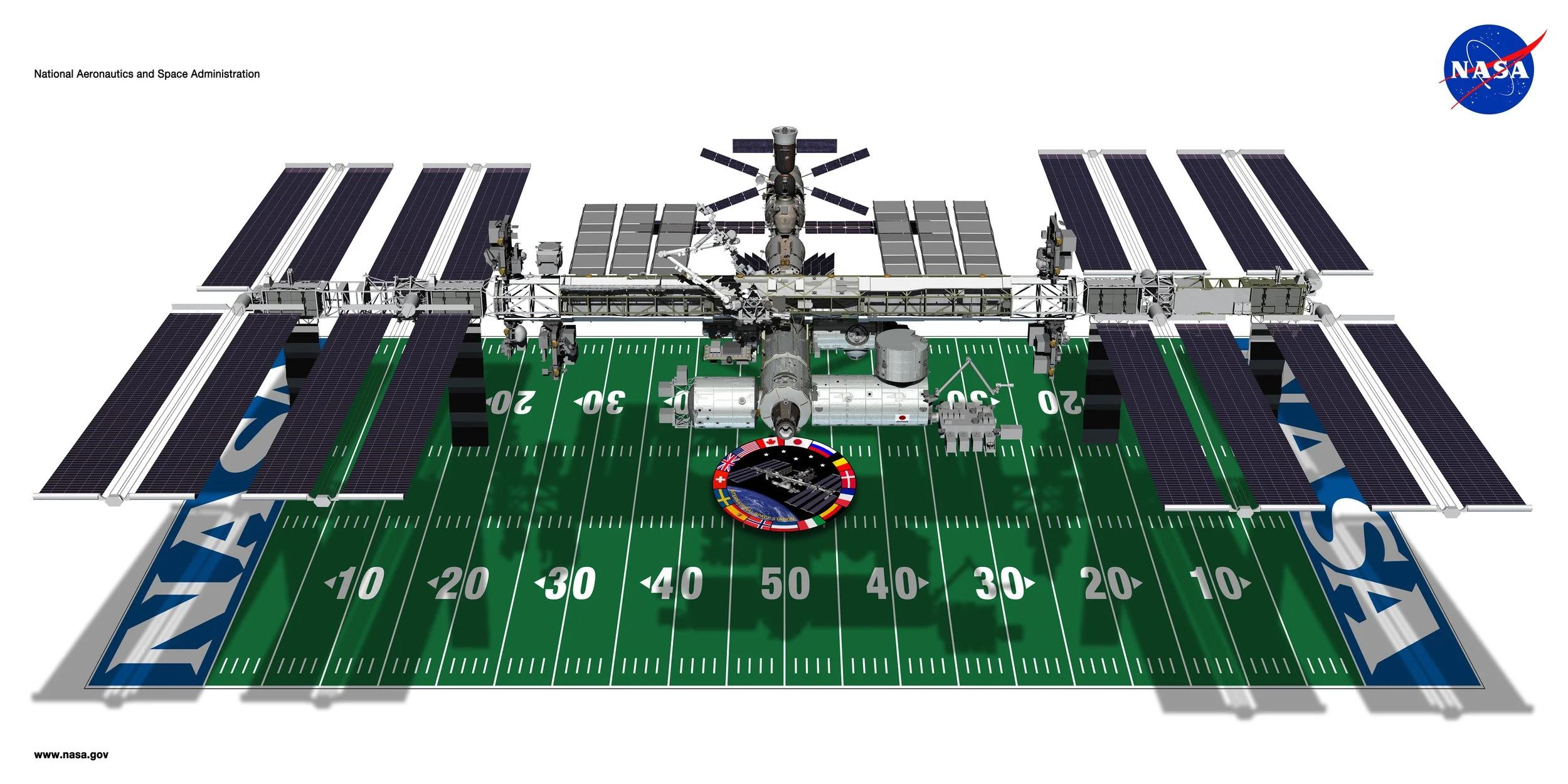Space Questions for the Everyday - Volume II
Corinne Moore, Technical Business Development Associate
4 minute read
Welcome back to Space Questions for the Everyday! I hope you enjoyed Volume I, and I’m here to answer more of the most frequently asked questions about space. Today we’ll be covering Mars, retrograde motion, women in space, and more!
Do you have a burning question you’d like to see answered in future publications? Send your questions to questions@kallmorris.com and you just might see your question featured in our next issue.
How far away is Mars and how long does it take to get there?
Mars rotates around the Sun in an elliptical (or egg-shaped) orbit, which means that the distance from the Sun to the Red Planet varies over time. On the long end of the spectrum, when Mars and the Earth are on opposite sides of the Sun, the distance is 250 million miles. The closest ever recorded distance from Earth to Mars occurred in 2003 at a distance of 34.8 million miles, but don’t hold your breath for the next time, as this isn’t expected to happen again until the year 2287. If we go off of the average distance from the Earth to Mars, we have a solid 140 million miles. Because of this, there is a range of time it could take for a spacecraft to reach Mars (and this is why it’s so important to plan launch windows carefully). While the distance changes depending on when the launch occurs, a travel time of 9 months is a safe estimate for the trip.
How long does it take to get to space?
The estimated time of arrival to get to space depends on where you think space is. There are two schools of thought regarding where space begins. The first, coming from the international community, says it starts at what is called the Karman line, which is about 60 miles above sea level. The second view comes from NASA and the US military, who state that 50 miles above sea level is the start of space. How fast you get there can vary slightly depending on the launch vehicle used and where you choose to define the start of space, but on average it only takes about 3 to 4 minutes to reach the cosmos.
What does it mean when a planet is in retrograde?
The term retrograde refers to reverse motion. While planets have distinct, one-way orbits, the view from Earth can create an optical illusion at certain points of that orbit where a planet appears to be moving in one direction across the night sky (prograde), but over time looks like it’s reversing course (retrograde). While your horoscope may show some concern for your luck in love and finances during retrograde, there’s nothing to fear in this normal orbital motion.
Who was the first woman in space?
The first ever woman to enter space and orbit the Earth was Soviet cosmonaut Valentina Tereshkova in June of 1963. She spent a total of 70 hours in space, orbiting the Earth 48 times. Twenty years later in 1983, Sally Ride became the first American woman to go to space, breaking ground for the 44 women that would fly as long-term crewmembers aboard the ISS as of March 2023. This only accounts for orbital presence, as a woman has never set foot on the Moon, but NASA aims to change that. The Artemis II crew, which will orbit the Moon and pave the way for future Moon landings, will have Christina Koch on board. She holds the record for the longest continuous time in space by a female astronaut, at 328 days.
Valentina Tereshkova Russian Stamp
Sally Ride USA Forever Stamp
How many satellites orbit Earth?
This is a sticky question as satellites are being launched frequently and in relatively large numbers. So far in 2023, SpaceX has introduced 929 Starlink satellites into orbit over the course of 20 missions, and we’re only halfway through the year! Starlink satellites have a lifetime of 5 years before they’re deorbited, meaning we are adding more traffic than is exiting on the LEO highways. Per ESA, which routinely updates its Space Debris by the Numbers page, there have been an approximate total of 15,760 satellites launched into Earth’s orbit, with 10,550 still in space. Of these, about 8,000 are still functioning, meaning there are over 2,500 defunct satellites in orbit. (ESA data as of June 6, 2023)
Where is the International Space Station (ISS)? How big is it?
The ISS is in a constant orbit around the Earth, so a better question is, where is the ISS right now? As I write this, the ISS is east of Canada, over the ocean just south of Greenland. NASA has a nifty Live Space Station tracker, as well as a Spot the Station page, which allows you to see when the next flyover of the ISS will be closest to you. As for size, the ISS, including its solar wings, is 357 feet long, which is close to the size of an American football field.
Why isn’t Pluto a planet?
As a child of the 90s, I learned the order of the planets using the phrase “My Very Educated Mother Just Served Us Nine Pizzas,” so when the news broke that Pluto was no longer a planet, it was a pretty big deal. In 2006, the International Astronomical Union decided that Pluto needed to be downgraded to a dwarf planet as it only meets two of the three criteria to be a full-sized planet. While it does orbit the Sun (criteria one) and has sufficient mass to maintain a hydrostatic equilibrium (ie, it has a round shape, criteria two), there is nothing else around it of similar size under its gravitational pull (criteria three). Despite this, I’m sticking to the old mnemonic, but now with Nachos instead of Nine Pizzas.
Thanks for tuning in to the latest issue of Space Questions for the Everyday! We would love to hear from our readers and answer your questions next time, which can be submitted at questions@kallmorris.com.
Recommended column to read next: Halfway to Anywhere







